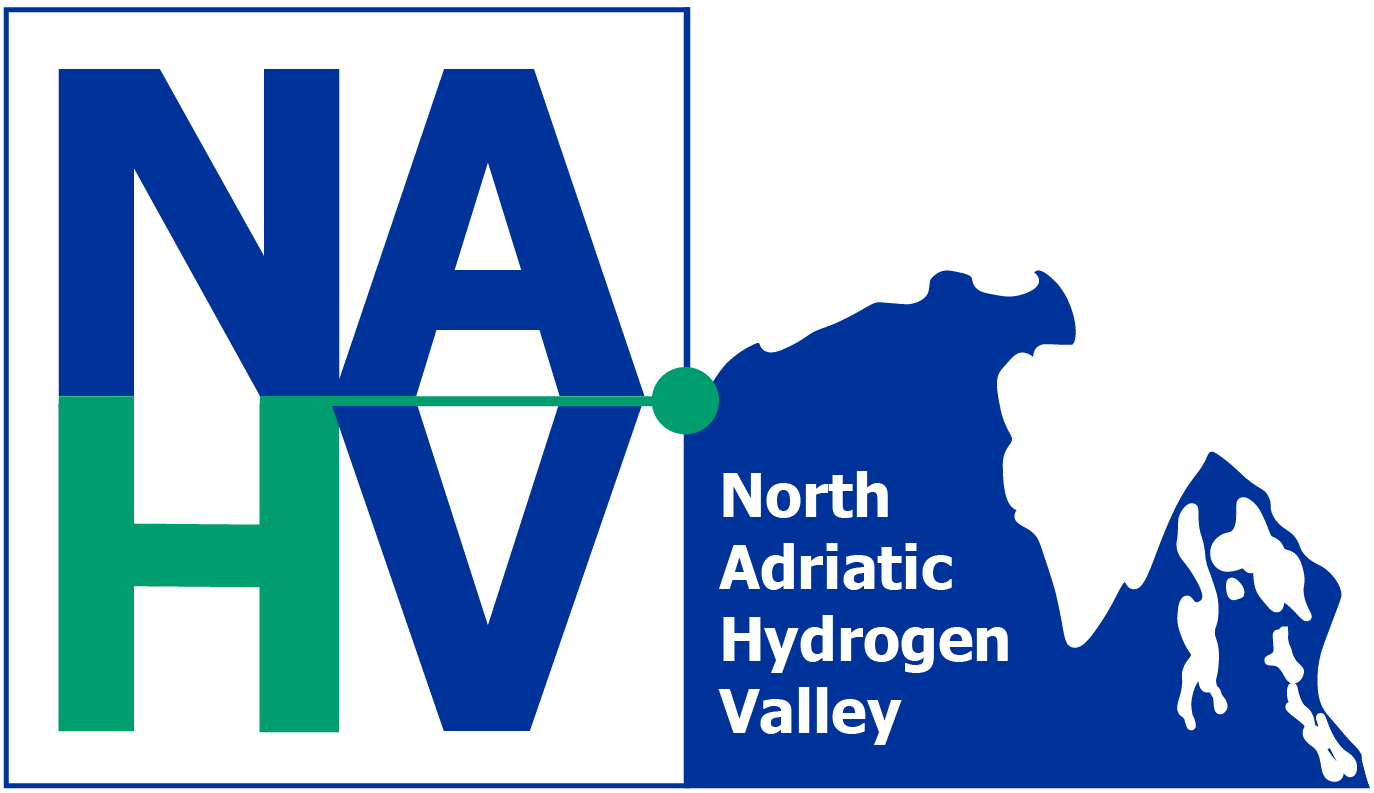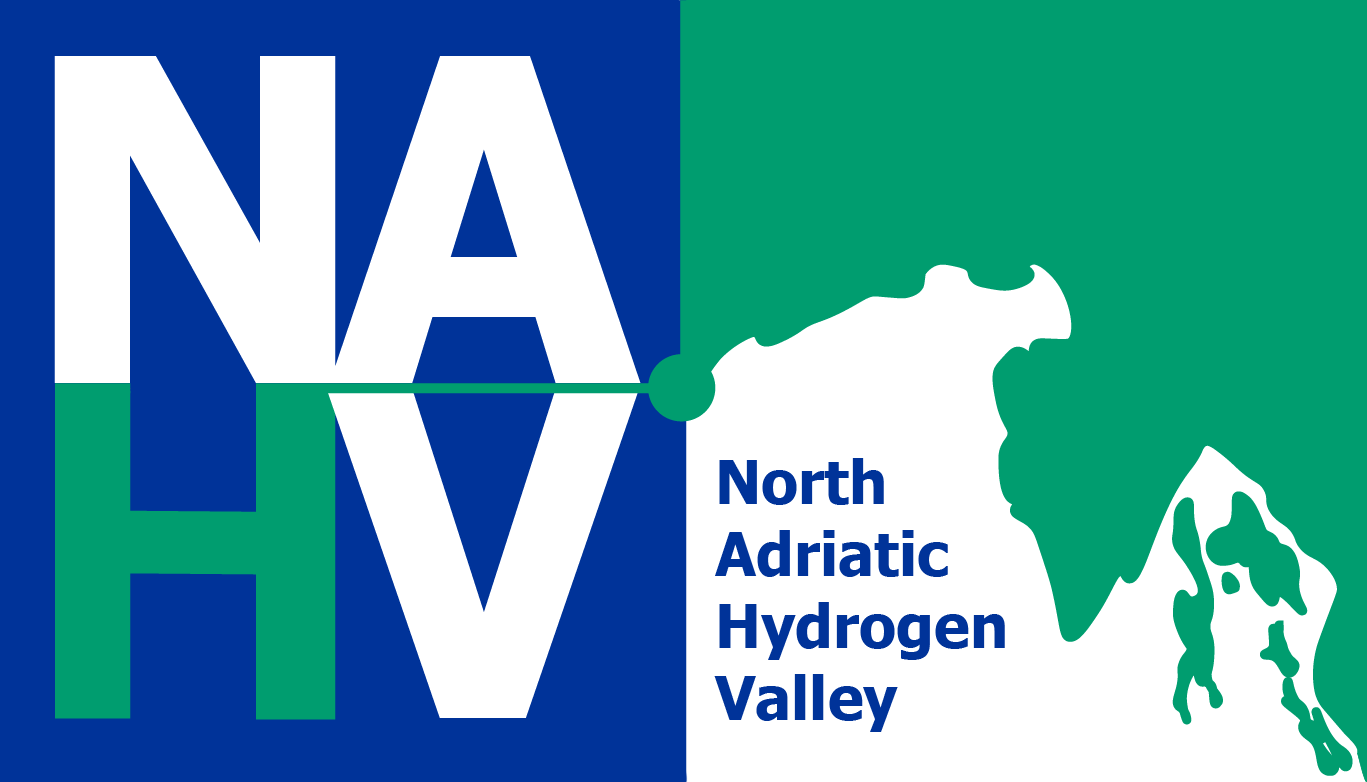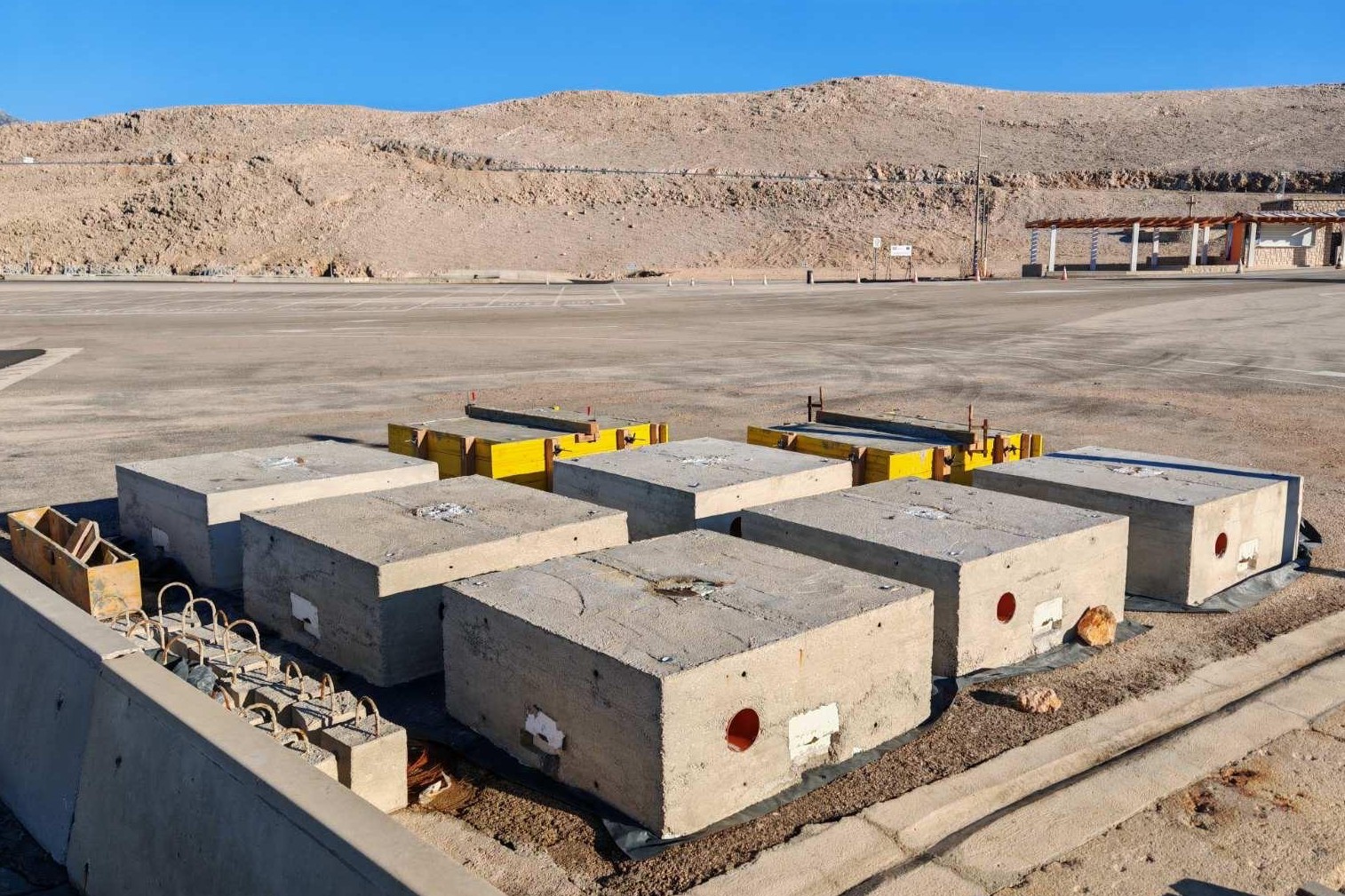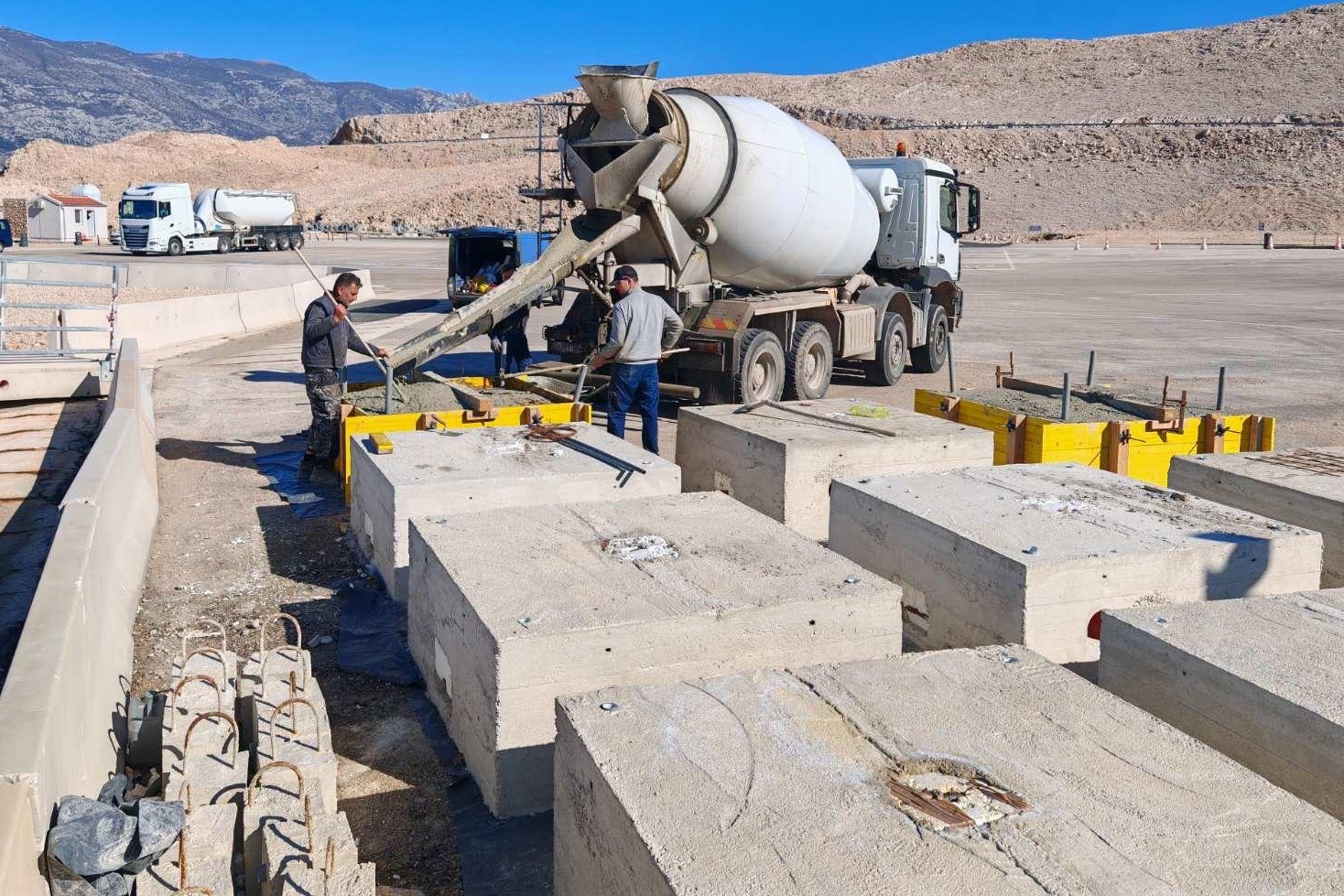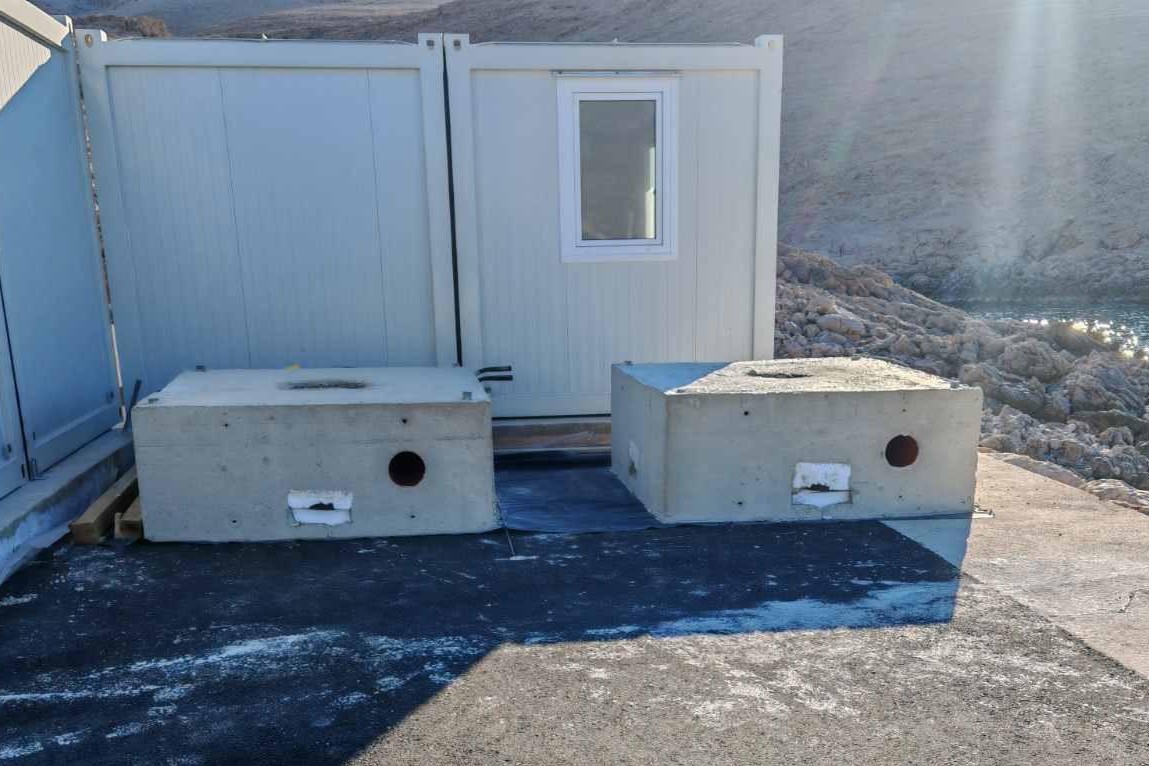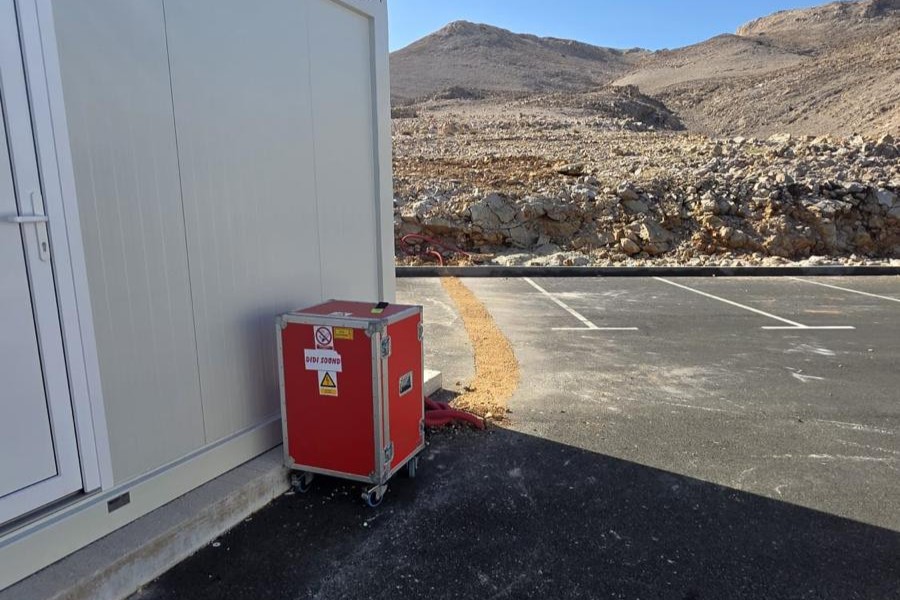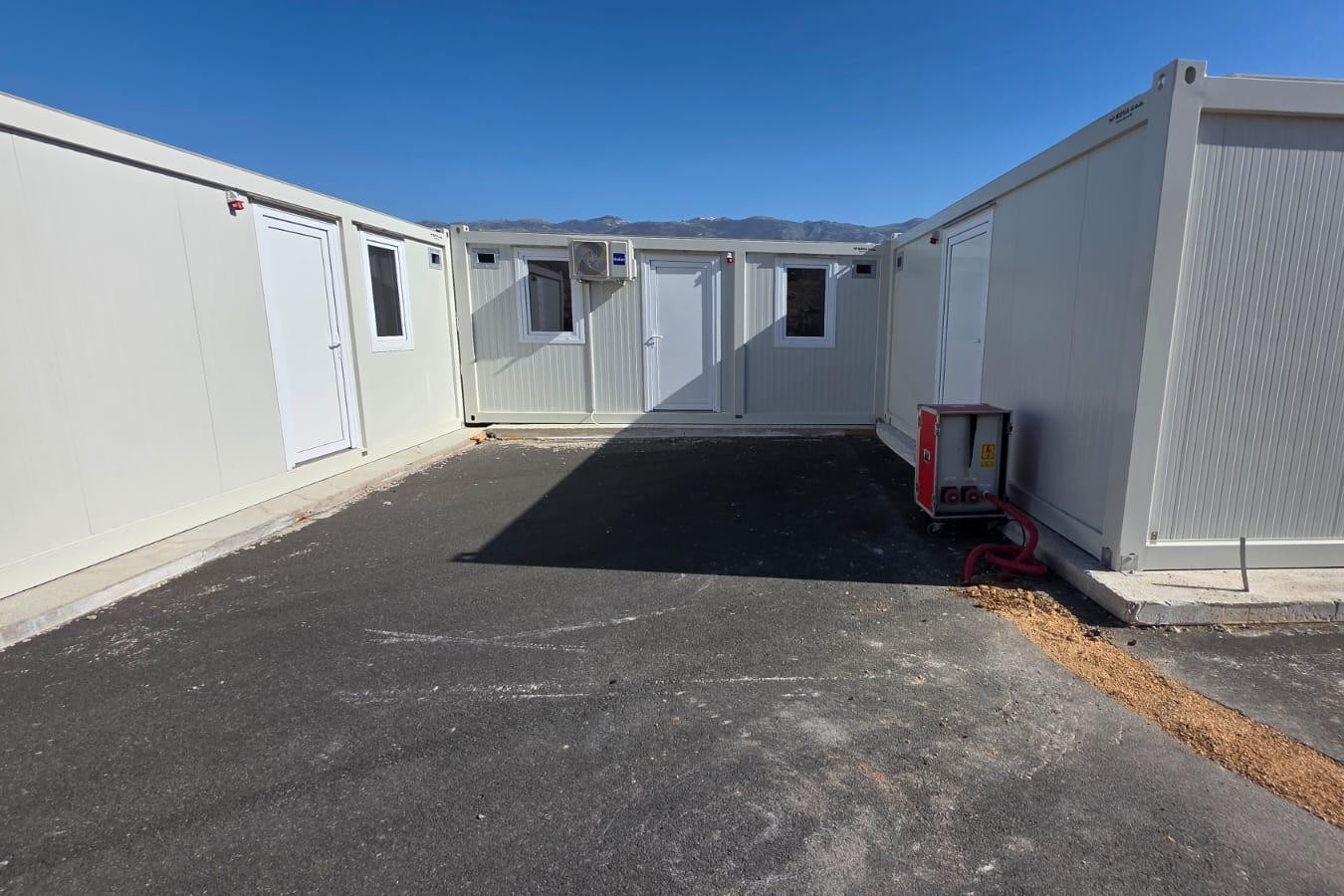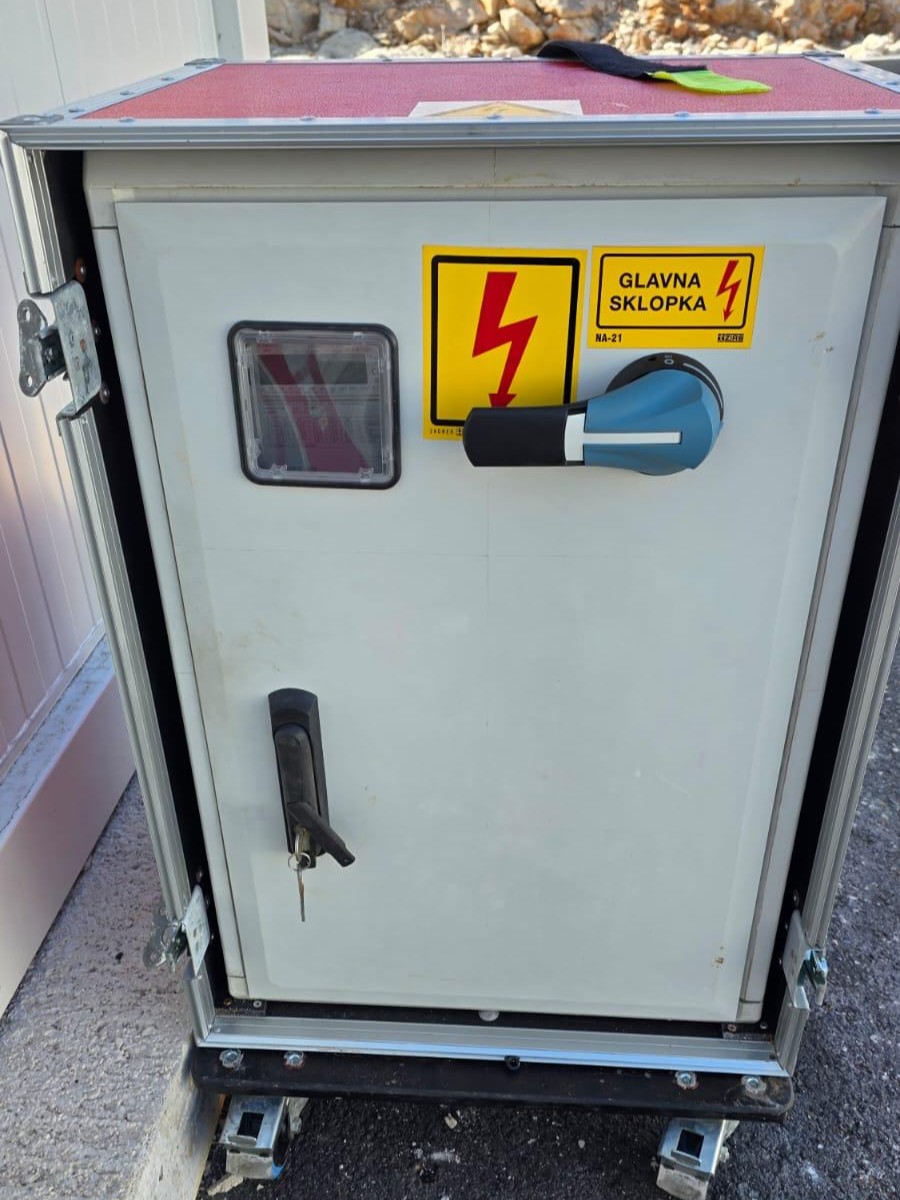A pilot led by LEONITUS is underway in Žigljen Port, Novalja, combining coastal protection, renewable energy production, and ecological sustainability. As the first project of its kind in Europe under the North Adriatic Clean Hydrogen Investment Platform (NACHIP), this €5.4 million endeavour unites partners from Croatia, Slovenia, and Italy to pioneer green hydrogen production using wave energy.
Location: Žigljen Port, Pag Island, Croatia
Project Leader: LEONITUS
Estimated Value: €5.4 million
Supported by: NACHIP, a cross-border initiative connecting partners from Croatia, Slovenia, and Italy under the EU’s Interregional Innovation Investments (I3) Instrument

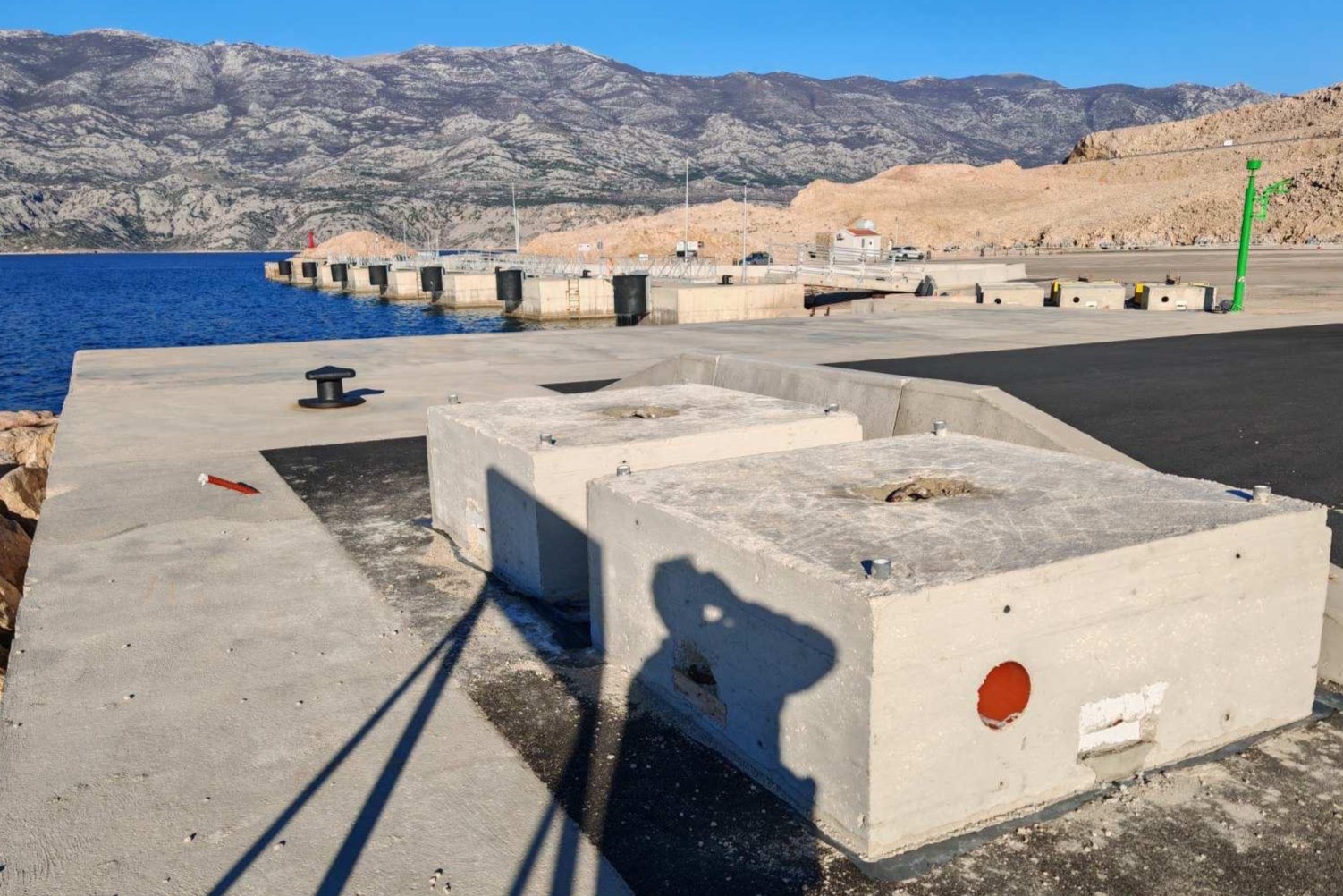
Project Overview
The Novalja project integrates a multifunctional breakwater designed to address coastal erosion while generating clean energy and supporting marine ecosystems. Its innovative approach focuses on three pillars:
Wave Energy Conversion to Green Hydrogen
Submerged wave absorbers and dissipators convert kinetic energy into compressed air (300 bar) and hydrogen.
1 MW capacity prioritises winter energy production, with stored hydrogen ensuring year-round supply for local maritime activities and tourism.
Multifunctional Breakwater System
Coastal Protection: Shields the port from erosion using environmentally low-impact materials.
Marine Ecosystem Integration: Surfaces of the structure support shellfish farming (mussels, oysters), fostering symbiosis with marine life.
Supplementary Systems: Incorporates solar focal power plants and desalination units to enhance energy and freshwater output.
Circular Sustainability
All materials are 100% recyclable, with operations targeting zero waste.
Distilled water from desalination and energy produced are utilised for port operations and community needs.
Key Objectives
Reduce Fossil Fuel Reliance: Provide clean energy for coastal tourism and maritime sectors.
Combat Coastal Erosion: Mitigate climate change impacts on Pag Island’s shoreline.
Economic Growth: Create jobs in green technology and strengthen the local economy.
Replicable Model: Establish Novalja as a blueprint for Mediterranean coastal regions.
Current Progress
LEONITUS has completed the installation of external units. Work is now focused on deploying servers and sensors to monitor sea waves and currents, optimising the system’s energy conversion efficiency and environmental interactions.
Conclusion
The Žigljen Port project marks a milestone in Europe’s renewable energy landscape, merging wave energy innovation with ecological preservation. By producing green hydrogen, protecting coastlines, and fostering marine biodiversity, LEONITUS and its NACHIP partners aim to set a sustainable standard for coastal communities.
Stay Connected with Us!
Follow NACHIP on LinkedIn for the latest updates, news, and insights. Join our community and be part of the conversation.
Don’t forget to tag us in your posts. We look forward to connecting with you!
